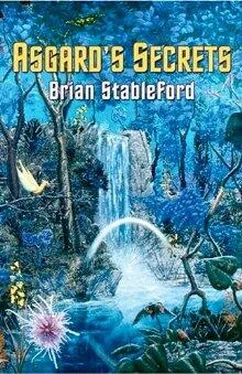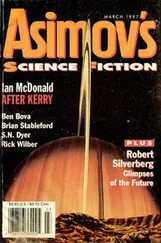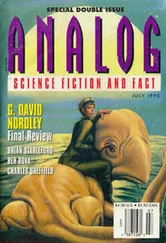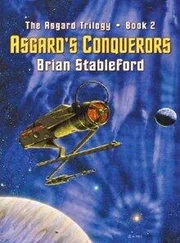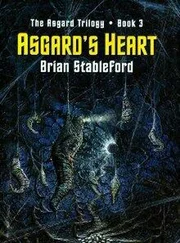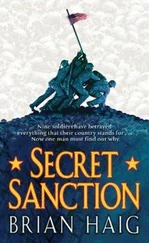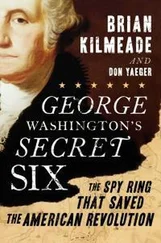“Only if he makes for the dropshaft,” said Serne darkly.
“There’s nowhere else for him to go,” I pointed out. “If he doesn’t intend to come up again, he’s got to get down into the warm. If he does intend to come up, he’ll need to bring something worthwhile out of the depths in order to make himself so useful to the Tetrax that they’ll protect him against all his enemies.”
“Let’s concentrate on making good time,” the star-captain said. “Drop the chatter and pay attention to what you’re doing.”
The troopers obeyed the order without demur.
The highway was empty. The layer of ice that dressed it was very thin; little water had found its way in here, and level one was warm enough for frozen water to be the only kind of ice there was. The surface was smooth enough for the sleds to glide over it as easily as anyone could wish—I didn’t even mind taking my turn to haul one.
Once or twice we passed lumps of slag, which were all that remained of the vehicles the indigenes had driven along the road in the unimaginably distant past. They were parked in alcoves, so as not to block the way—the cavies had been tidy-minded people.
“How do you ever recover anything useful from those?” asked Crucero, after the star-captain had given him tacit permission by pausing to inspect a lump of debris.
“We don’t,” I told him. “It’s not even honest rust—the cavies were biotech-minded, like the Tetrax and your late enemies the Salamandrans. That was an organic car. Most of its materials were probably made by some kind of artificial photosynthetic process, though its electronics will have used silicon and all the normal stuff. It’s pure garbage now.
Scavengers find nothing worth a damn on level one… the best loot comes from three and four, where time stood still once the cold worked its way down in the days of the big blackout. Hardly a molecule stirred until the C.R.E. operatives began opening doors again. The heat of the sun hasn’t percolated down there yet, and we scavengers tend to be reasonably careful with our plugs and our little bubble-domes.”
“Move!” said the star-captain tersely.
We moved.
We must have marched past thousands of wide-open side-roads. Some had flash-marks where Saul had engraved the record of his past explorations with a cutting-torch, but most of them he’d simply ignored. How he’d decided which ones to explore, I don’t know: he’d just followed his instincts, or his whims.
We took a rest after three hours on the road. It had been a very long haul and I was dog-tired, but the troopers seemed to be taking it in their stride. It was a picnic, I supposed, by comparison with mopping up on the surface of a firestormed planet. They didn’t say.
Where my suit’s systems were plugged into my body at the torso and the groin I was beginning to feel sore. I also felt a little sick, because it always took a while for my body to get used to the chemical tyrant on my back. My stomach was still expecting food, and was complaining because it wasn’t going to get any. It’s not easy turning yourself into a cyborg.
I wondered if the android was having similar problems, or whether he had been built to be adaptable.
We had already lost contact with the outside world; the roof over our heads was opaque to radio waves. I wasn’t quite sure what kind of bugs Amara Guur had planted on us, but I couldn’t see how he intended to track us. The piddling little things that Jacinthe Siani had put in the star-captain’s hair and the device they’d put in the binding of the book couldn’t transmit much of a signal. If he was using electronics, any obscuring of our trail we could do once we were off the highway would probably throw him— he surely didn’t have any idea what Saul’s flashmarks meant.
I felt that I had no cause to feel complacent, though. Amara Guur might be an evil-minded reptile, but he was clever, and although I knew next to nothing about them, I’d heard of Tetron-built pseudo-olfactory tracking devices that would allow people carrying certain special organics to be trailed halfway across a world after a five-year lapse of time. We’d had to buy a lot of equipment, and any item of that might have been set up to leak something that might be quite imperceptible to us but stink like a skunk to some kind of artificial bloodhound.
By the time we set forth again, the silence and the sameness were beginning to get on the nerves of the troopers. Serne and Khalekhan began swapping irrelevances, while the rest of us listened in. They were aware that they were putting on a kind of performance, but it was obviously something they’d done before. They must have been on other long missions communicating on an open channel, and they’d built up strategies to cope with the fact that there were others—including officers—listening to their every irreverence. But the chatter soon palled, and it fell to me to take over the role of talker-in-chief. After all, I was the one who was on home ground, and had some relevant things to say.
What I didn’t say, even after I’d made enough observations to know that it was true, was that Myrlin was making better time than I had thought possible. His tracks showed no sign of hesitation, and he had an enormous stride. I was glad about that, but I knew that it would only make the star-captain’s tight-lipped mood even worse.
The going became even easier once we had turned off the highway on to a side road, which quickly brought us to a different kind of territory.
I could see that the troopers were impressed by the wider open spaces, where the ceiling was twenty metres up instead of ten, the roof being held up by great pillars spaced at wide but regular intervals.
“This is farmland, cavie-style,” I told them. “As far as the experts can judge, much of the farming would have used artificial photosynthetic processes, some of them liquid-based and some solid. There’s some debate as to whether they ever used actual organisms at all. Where the Tetrax have built their own primary-production facilities under Skychain City, they’ve put in vast carpets of green stuff driven by light, heat, or direct electrics—they produce various kinds of single-product foodstuffs adapted to the needs of the various races, which we generally call ‘manna.’ The carpets also churn out other useful materials, extruding and dumping them underneath. There has to be a complicated irrigation-system, and a transportation-system for packaging and distribution of the products. The cavies’ original system was probably similar—down on two you’ll see the channels which carried water and the tracks that carried the trains.”
“Were there lights up there?” asked Crucero, pointing his searchlight up at the ceiling.
“Sure,” I said. “But it’s the devil’s own job trying to track the power cables. There seem to have been a lot of authentic electric light bulbs, but not everywhere. Other places there are what we think was some kind of artificial bioluminescence—the Tetrax can do that, too, after a fashion. There are probably cables of some kind connecting all the levels, maybe running deep down to the starlet itself… the central fusion reactor, if there is one. But the walls are so thick and so hard it’s almost impossible to get into any conduits or expose any integral systems.”
“Are we heading for some kind of city?” asked Khalekhan.
“Probably,” I told him. “Difficult to tell, sometimes, what’s a city and what isn’t. We’ll come to a big wall with lots of entrances which give way to a maze of corridors. Doors by the million—all shut. No way to know how many rooms there are, or how much is solid through and through. To explore a complex like that takes a C.R.E. team years— they’ll probably be centuries working their patient way through the big ones at the hub of each system. They’ve always figured that there must be dropshafts in the hubs which could take them all the way down, and that they’ll find them in the end, if they’re patient enough and methodical enough. They’re probably right… but in the meantime, Saul’s hare tactics seem to have prevailed over their tortoise strategy.”
Читать дальше
